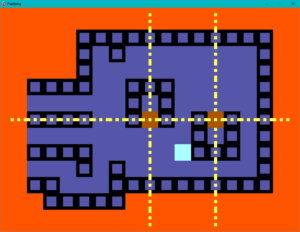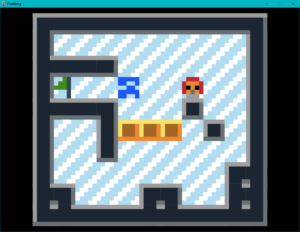PySol is an exciting collection of more than 200 solitaire card games. Its features include support for lots of distinct games, very nice look and feel, multiple cardsets and table tiles, sound and background music, unlimited undo & redo, load & save games, player statistics and log files, hint system, demo games, support for user written plug-ins, integrated HTML help browser and lots of documentation.
Among the supported games are classics like Aces Up, Baker’s Game, Canfield, FreeCell, Forty Thieves, Golf, Klondike, Pyramid, Scorpion, Spider, Yukon, and many more…
PySol is copyrighted OpenSource software distributed under the terms of the GNU General Public License. PySol is written in 100% pure Python.
The original PySol project was discontinued in 2004, but PySolFC is a collection of more than 1000 solitaire card games. It is a fork of PySol Solitaire.
There are games that use the 52 card International Pattern deck, games for the 78 card Tarock deck, eight and ten suit Ganjifa games, Hanafuda games, Matrix games, Mahjongg games, and games for an original hexadecimal-based deck.
Its features include modern look and feel (uses Ttk widget set), multiple cardsets and tableau backgrounds, sound, unlimited undo, player statistics, a hint system, demo games, a solitaire wizard, support for user written plug-ins, an integrated HTML help browser, and lots of documentation.
PySolFC is distributed under the terms of the GNU General Public License.
http://www.pysol.org/
http://pysolfc.sourceforge.net/
https://en.wikipedia.org/wiki/PySol
The reason for including it here is as an example of the kind of game or puzzle that Polygamo intends to play, and a collection that might well be ported.


